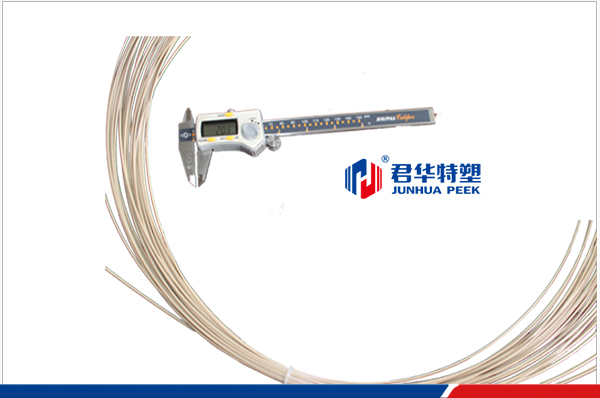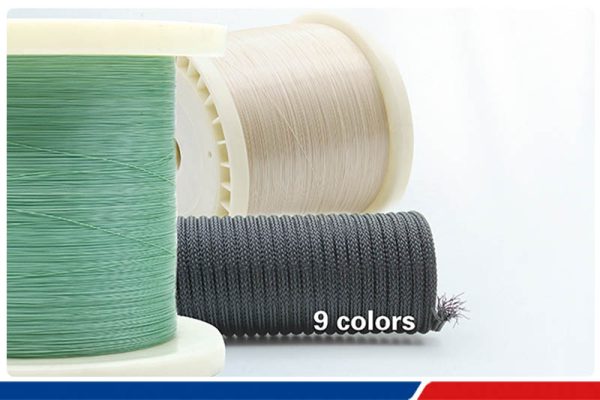Filamento PEEK de 2,0 mm de diámetro exterior
PEEK filaments: High-toughness and high-strength PEEK filaments are formed through a continuous extrusion process. They have good dimensional stability and can be continuously extruded for several thousand meters without breaking. They are widely used in industries such as 3D printing.
PEEK 3D printing products, on the one hand, have the characteristics of high temperature resistance and chemical resistance, on the other hand, are also easy to process, and are particularly suitable for the rapid prototyping of demanding industrial-grade plastic parts. Due to its high mechanical strength, hydrolysis resistance, good flame retardancy and other characteristics, it is particularly suitable for the production of lightweight, high-performance 3D printed parts in the aerospace, automotive and oil and gas industries.

3D Printing
3D printing is essentially a layer-by-layer stacking and additive manufacturing concept. Mainstream 3D printing is mainly concentrated in the manufacturing industry, with the single-body manufacturing scale ranging from millimeters to 10 meters.
Printing filaments based on PEEK polyetheretherketone, a high-temperature material that is compatible with 3D printing processes, are hailed by engineers as a metal alternative for industrial 3D printing applications, especially industrial plastic parts.
PEEK 3D Printing Products
PEEK filaments are suitable for 3D printers and exhibit high mechanical strength, hydrolysis resistance and flame retardancy in design performance. The selection of PEEK filaments expands the application field of 3D printing.
Parts printed with PEEK material can withstand high temperatures of up to 260 degrees Celsius for a long time, and can also resist short-term impacts of up to 300 degrees Celsius. These properties make this special engineering plastic PEEK a potential alternative to metal parts in these fields.
Parts printed using PEEK filament in the industrial field are 80% lighter and 30% tougher than parts made of stainless steel. At the same time, compared with ordinary metals, they show excellent fatigue resistance, plus significant wear resistance. and low sliding friction, the properties of this filament make it a suitable choice for manufacturing lightweight structural parts.




